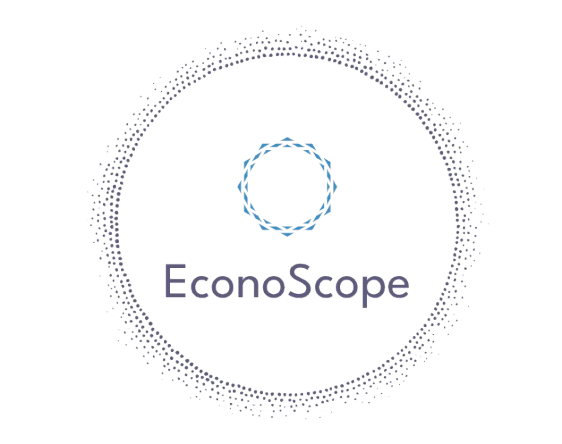Will Tariffs Push Up the Fed’s Key Inflation Gauge?
Srichand Myneni
15th July 2025
Written by Srichand Myneni
The Federal Reserve’s preferred measure of inflation is expected to show a slight uptick in May, with both headline and core prices accelerating as early signs of tariff-related cost pressures begin to surface.
On Friday, the Bureau of Economic Analysis will release Personal Consumption Expenditures (PCE) data for May. Economists surveyed by Bloomberg forecast the headline PCE will rise 2.3% year-on-year, up from 2.1% in April. The core PCE index, which excludes food and energy and is closely watched by the Fed, is expected to reach 2.6%, compared with 2.5% the previous month.
These figures would follow the Consumer Price Index (CPI) report earlier this month, which showed inflation at 2.4% in May—slightly below expectations but above April’s 2.3%.
Even a modest increase in the PCE could complicate the Fed’s path toward interest rate cuts. While markets currently expect two rate cuts this year, beginning in October, sticky inflation could delay that timeline.
Some of the pressure may be coming from trade policy, as tariffs proposed or reintroduced by former President Donald Trump begin to affect prices. These supply-side shocks may keep inflation higher for longer, analysts warn.
According to x, even if the data comes in close to forecasts, the Fed is unlikely to interpret it as a sign that it's safe to ease. “A muted number won’t be enough,” they said. “The Fed needs consistent evidence that inflation is truly on track to return to target.”
With growth still solid and the job market resilient, the Fed is expected to remain cautious. Friday’s data will be a key signal for how the central bank approaches policy in the months ahead.

